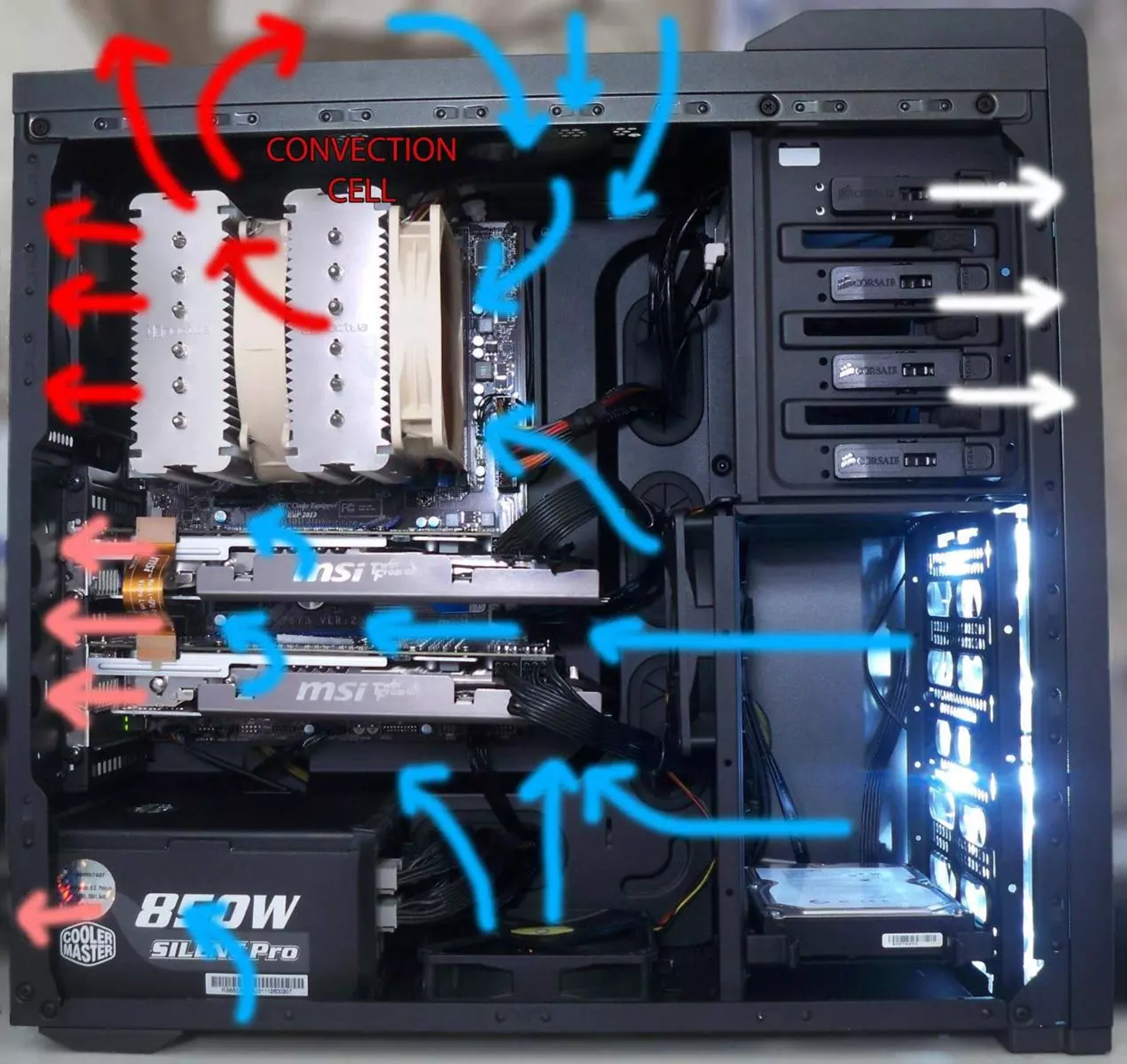PC shutdowns.
🤔 Why does the computer turn off?
The computer may turn off due to several reasons:
- Overheating;
- Critical driver or hardware failure;
- Lack of power supply.
The most common problem is overheating.
Mostly laptops suffer from this problem as their cooling system is much worse compared to their big brothers' ones. Full load during Kryptex benchmarks on portable devices may result with a turn offs as the internal protection of the laptop is triggered by a high temp.
Kryptex does not recommend mining or overclocking laptops, even if it is a new gaming laptop. Rough handling or frequent temperature fluctuations can damage sensitive laptop components.
🔥 How to avoid overheating?
- Remove the side cover. Primitive but effective. It will instantly lower the temperature of your PC components by 5-10 degrees. On the other hand — more dust will settle on the PC components.
- Improve the cooling system: add fans or replace existing ones with more powerful ones. You can also completely change the cooler to a more powerful one or install a cooling water system (available for both processors and graphic cards).
- Service your PC - blow out the dust in the cooling system and replace the thermal paste (do it yourself, ask a friend with experience, or contact a service center).

As you can see, such a system creates a reasonably powerful draft inside the PC case: cold air flows around the graphics card, creates turbulence near the processor, and exits through the back and top of the case, removing excess heat outside the case.
🛠 PC maintenance
1. Replace the thermal grease on a CPU:
- Disconnect the system unit from the network, or unplug the PC from the outlet;
- Remove the side cover of the system unit case;
- Remove the latches, or unscrew the fasteners of the CPU cooling system, and disconnect the power wires from the motherboard (just so that they do not interfere with you in the process);
- Using a soft cloth, remove the old layer of thermal grease from the processor case and heatsink, being careful not to leave scratches on them. If the thermal paste is too dry, wet a cloth or cotton pad with alcohol, this will help soften the old thermal paste;
- AAfter cleaning, apply a new layer of thermal paste. To do this, put thermal grease in the center of the CPU, no more than a pea amount. Then, using a plastic card (or wrap your finger in a disposable plastic bag), stretch the paste evenly around the entire perimeter of the processor to make a layer about half a millimeter;
- Install the cooling system as even as possible on the processor;
- Snap the fasteners and connect the wires to the motherboard.
🤯Too complicated?
- I cleaned and serviced the PC, but it still turns off.
- Unable to disassemble and clean the graphics card?
- Are you afraid to do something “wrong”, or need an advice?
Our friendly community and professional support will be happy to help you!
Contact us via website support, the private message on Telegram, or ask for help at our Discord.



